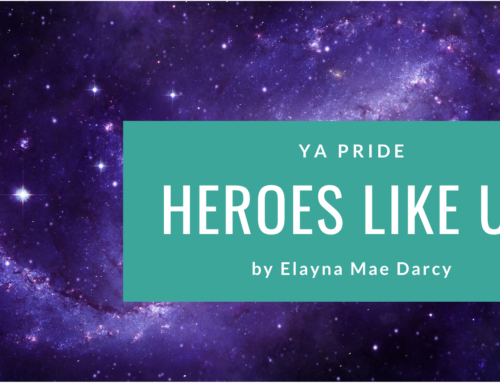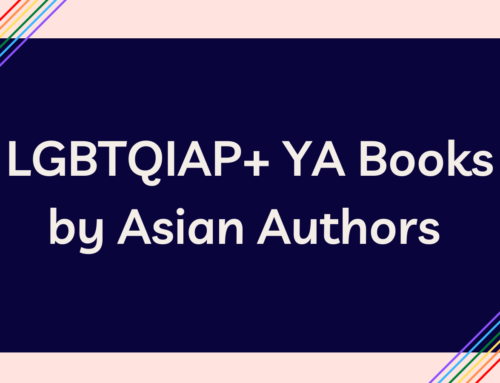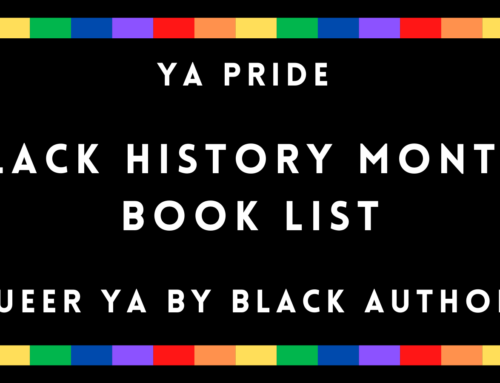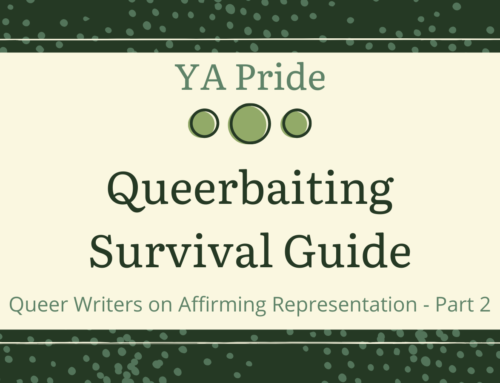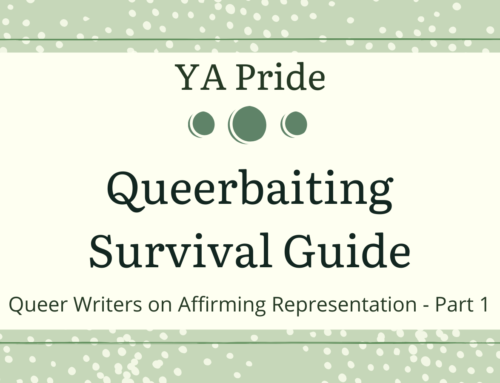Q: Which is worse, being called a ’nigger’ or a ‘faggot’?
1.
Rehearsal was late that night, 10 pm on a Saturday night in Georgetown. I had only one line in the play, but I didn’t care. It was fun to see the play come together, the actors, and the scenery and the special effects. Prospero and Caliban and Ariel came to life on that haunted island now inhabiting the school auditorium. The sodium yellow lights spilled onto the night-time scape of Georgetown at night, its red brick sidewalks, and antique shops. I went to the bus stop to await the 32 that would take me home. Though I was alone, I felt grown-up for my 14 years. I was buzzing from the feeling that I was a part of a tribe of creative people. For the most part, I was a loner. So, I had finally found my group. Even though I was one of the few African-American students. So, the night was magical.
The spell was quickly broken, though. A car full of older teenagers (maybe college students) zoomed through Wisconsin Avenue, heading toward the heart of the neighborhood. There were three or four of them in the car. As they sped by, they took a look at me. The majority of them yelled out “Nigger!” as they sped by, in a rush of exhaust, fumes and hatred. One two-syllable word and I was the Other. The word that my parents had been called in Jim Crow south, the word that been hammered in to me as the ultimate evil word, was flung at me in a cavalier way. I watched as the car faded into the distance. I felt as if I’d been thrown out of the human race.
2.
A year later, I went on a school trip to New York City. There were five of us, plus the teacher in a borrowed SUV. The plan was to do all of the touristy things in the Big Apple: visit museums, the Statue of Liberty, Central Park, etc. At that time, the early 80s, Manhattan was still gritty. Graffiti crawled across any available apartment building wall, underpass, and subway seat. Entering the city, we saw street corners and sidewalks teeming with homeless people. The awake ones pushed shopping carts brimming with odds and ends, as if they were Dickensian tinkers. Others slept beneath mounds of foam and soiled comforters.
The trip is kind of a blur now. I remember the freak show of the Village, with its neon-maned punks and street corner artists. The stately high-rises of Central Park West, where millionaires lived, perched above the city. Late night cafes and restaurants, and bustling crowds. Miles upon miles of endless stores, displaying everything from couture clothing, chocolates, exotic animals and books. Honestly, I thought I had died and gone to Heaven. We caught a Broadway show, and ate in Jewish deli which ignited my love of corned beef.
One evening, we went to a movie, where we saw Annie. After the movie, we decided to stop somewhere for ice cream. In a West Village ice cream shop, I started doing my Carol Burnett impressions. (Burnett starred in the movie). There were a few local kids in the line in front of us. One of them must have heard me, because he started talking loudly to his friends about “that faggot” in line behind them. I cringed; of course they were talking about me. I just hoped that my friends from school hadn’t heard. I immediately stopped doing my Carol Burnett impressions, but it was too late. As I placed my order, the kid who had called me out stepped far, far away from me, muttering “faggot” beneath his breath. The look on his face devastated me. The word “hatred” doesn’t quite encompass that glare. Not at all. He looked at me as I were a diseased thing, something barely human. After that, my joy at being in the City That Never Sleeps ended.
3.
In many ways, my novel Bereft was written for that young boy (and others like him) who must deal with dual marginalities. The book is about Rafael Fannen, a 14-year old African American boy who wins a scholarship to a prestigious Catholic School. At first, he has to deal with the culture shock of being one of the few students of color at the predominantly white institution. Rafe is also gay and closeted. The novel explores Rafe’s journey to reconcile two parts of his emerging identity.
It’s a journey I’ve taken, and it still isn’t finished. I’m invisible in both of my nominal communities. Gay = white, in magazines and pop culture. Faces of color in that community are rare, and we are often fetishcized when we do appear. And much of the African American community is rife with the same fire-and-brimstone religious interpretations that poison many sects of Christianity. When I was Rafe’s age, I was isolated. There was no-one to talk to, no-one who looked like me. I found that people of color could be homophobic, and gay people could be straight-up racist. As I grew up, I eventual found people who had similar experiences. Now, we have out bisexual black men like Frankie Ocean; when I grew up, there were the works of James Baldwin and Samuel Delany, and an active underground literary scene of writing by black gay men, like Essex Hemphill and Joseph Beam.
LGBT issues are now being explored in YA fiction, something of a renaissance. Bereft attempts to add a unique perspective in the field. I hope that my book can make a difference.
A: Since they are both essential parts of my identity, they hurt equally. I can’t separate/compartmentalize the hurt. And, for the record, I hate that question!
Craig Laurance Gidney writes both contemporary and genre fiction. Recipient of the 1996 Susan C. Petrey Scholarship to the Clarion West writer’s workshop, Gidney has published works in the fantasy/science fiction, gay and young adult categories. Gidney’s first collection, Sea, Swallow Me and Other Stories was nominated for the 2008 Lambda Literary Award in the Science Fiction/Fantasy and Horror category. Bereft is his first novel. His website is: http://www.craiglaurancegidney.com
